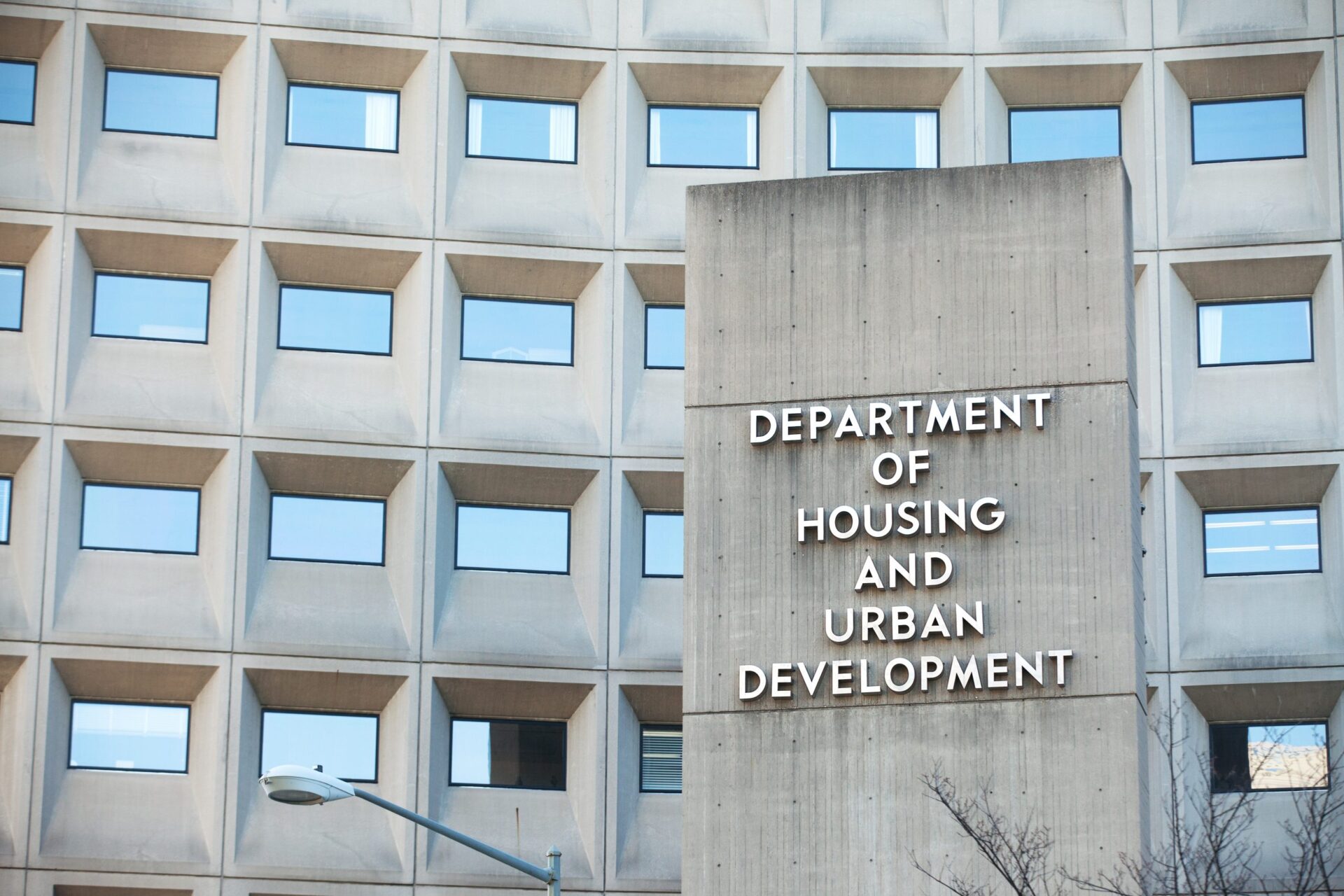By KIMBERLEY HAAS
The U.S. Department of Housing and Urban Development has announced over $2.6 billion to fund roughly 7,000 local homeless housing and service programs throughout the country.
HUD Secretary Marcia L. Fudge said that access to stable housing is a basic necessity and the safety of a home is essential as the United States continues to fight COVID.
“These Continuum of Care program grants, coupled with the historic resources in the American Rescue Plan, will deliver communities the resources needed to ensure that every person in a respective community has the equitable opportunity to a safe and stable home,” Fudge said in a statement released on Monday.
The FY 2021 Continuum of Care Competition Awards will provide funding to communities to help individuals and families experiencing homelessness move into permanent housing with access to supportive services.
The goal is for these individuals and families to achieve long-term stability, according to a press release.
The CoC program is the largest source of federal grant funding for homeless services and housing programs.
The 2021 awards include approximately $102 million for new domestic violence support projects.
The awards also fund new projects that focus on adding permanent housing to communities including new permanent supportive housing, new rapid rehousing, and projects that provide transitional housing to households and then shift them to rapid rehousing.
This was the first time the Notice of Funding Opportunity from HUD invited Native American tribes and Tribally Designated Housing Entities to apply for grants through the CoC program, according to the press release.
According to the 2021 Annual Homeless Assessment Report released by HUD officials on Feb. 4, on a single night in 2021, more than 326,000 people were experiencing sheltered homelessness in the United States.
The report suggests that COVID relief has had positive impacts on sheltered homelessness.
“Sheltered homelessness” refers to people experiencing homelessness who were found in emergency shelters, transitional housing, or other temporary settings, according to the report.
Although the number of sheltered individuals with chronic patterns of homelessness increased by 20% between 2020 and 2021, there were improvements during that time frame.
Between 2020 and 2021, the number of veterans experiencing sheltered homelessness decreased by 10 percent. This represents the largest one-year decline since 2015-2016, according to the report.
VA Secretary Denis McDonough said this decline suggests the measures put in place to protect the most vulnerable veterans during the pandemic have worked.
“VA remains committed to actively working with our federal, local and non-profit partners to sustain existing and implement new evidence-based programs and policies to permanently house or rapidly re-house Veterans who are experiencing or at risk of homelessness because every Veteran has earned and deserves a safe place to call home,” McDonough said in a statement.
On a single night in 2021, 15,763 people under the age of 25 experienced sheltered homelessness on their own as “unaccompanied youth.” This represents a decline of nine percent between 2020 and 2021, according to the report.
Decreases in sheltered homelessness of unaccompanied youth were experienced in almost all demographics, but a few groups did experience increases.
The breakdown of how the CoC program money was distributed is available for the public to view online.
A link to the funding report can be found here.
Email story ideas to Editor Kimberley Haas: [email protected]
